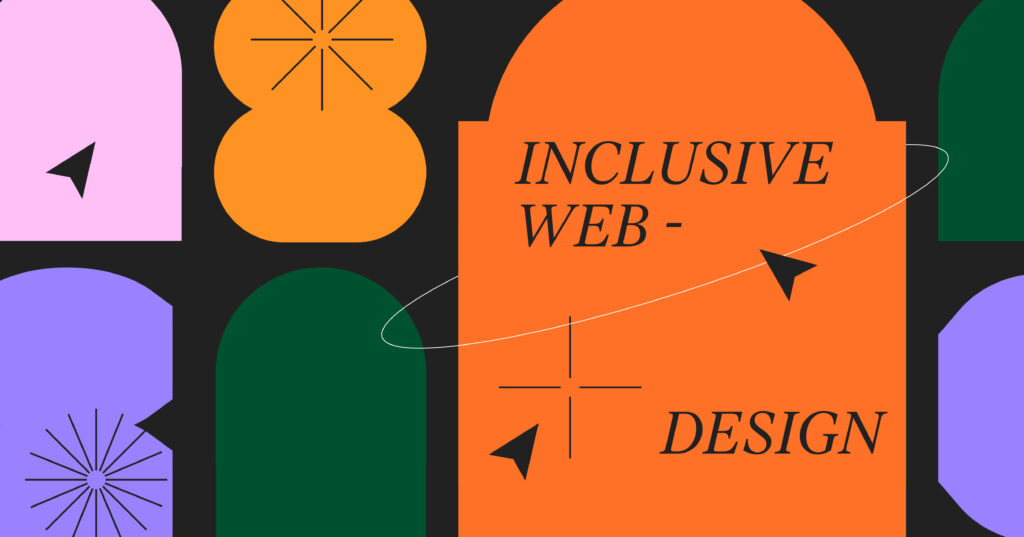In today’s digital age, creating an accessible website is not just a good practice; it’s a necessity. An accessible site ensures that all users, regardless of their abilities or disabilities, can navigate and interact with the content seamlessly.
This step-by-step guide will walk you through the key elements of designing an inclusive website that prioritizes accessibility.
Understand Your Audience
Before diving into the design process, it’s crucial to understand your target audience.
Consider the diverse range of users who may visit your site, including those with visual, auditory, motor, or cognitive impairments.
Identifying their needs and preferences will guide your decisions throughout the development process.
Choose an Accessible Platform
Selecting an accessible platform sets the foundation for an inclusive website. Content Management Systems (CMS) like WordPress, Drupal, or Joomla offer features and plugins that can enhance accessibility.
Ensure that the chosen platform adheres to web accessibility standards, such as WCAG (Web Content Accessibility Guidelines).
Prioritize Clear and Consistent Navigation
Create a logical and intuitive navigation structure. Use descriptive and concise labels for navigation links. Maintain consistency in layout and design throughout the site to help users predict where to find information.
Optimize for Screen Readers
Screen readers are essential tools for users with visual impairments. Ensure your website is compatible with popular screen readers by providing descriptive alternative text for images, using semantic HTML markup, and structuring content in a logical order.
Implement Responsive Design
Responsive design ensures that your website adapts to various screen sizes and devices.
This is especially important for users with disabilities who may rely on different devices to access the internet. Test your site on different devices to ensure a seamless experience.
Provide Text Alternatives for Multimedia
Images and multimedia content should have descriptive alt text. This not only assists users with visual impairments but also benefits users on slow internet connections or those who prefer text-based content.
Ensure Color Contrast
Maintain sufficient color contrast between text and background elements to enhance readability.
This is particularly important for users with visual impairments or color blindness.
Incorporate Keyboard Navigation
Some users may navigate the web using keyboards instead of mice. Ensure that all interactive elements are accessible via keyboard commands, and include focus indicators for easy navigation.
Include Captions and Transcripts
For multimedia content such as videos and podcasts, provide captions or transcripts. This benefits users with hearing impairments and allows all users to access the information in multiple formats.
Regularly Test and Update
Web accessibility is an ongoing process. Regularly test your website using accessibility tools and user testing to identify and address any potential issues. Stay informed about updates in accessibility standards and continuously improve your site.
Conclusion
By prioritizing accessibility in your website design, you contribute to a more inclusive online environment.
Making your site accessible not only benefits users with disabilities but also enhances the overall user experience for everyone. Embrace these principles, and your website will become a welcoming space for a diverse audience.

